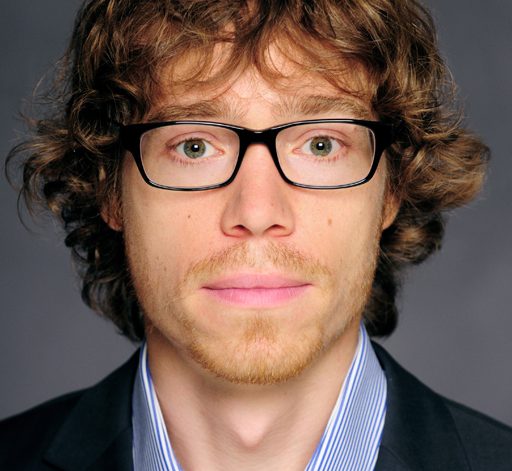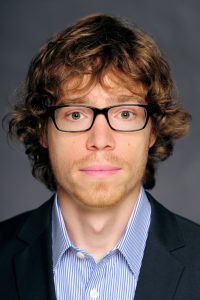A recent study investigated a new way to identify the strength of ties. Using two different large datasets, the researchers found that for each pair of individuals, a bow tie structure of the network itself is strongly associated with the strength of ties between them that the researchers measure in other ways.
The abstract of the paper is as follows: Understanding tie strength in social networks, and the factors that influence it, have received much attention in a myriad of disciplines for decades. Several models incorporating indicators of tie strength have been proposed and used to quantify relationships in social networks, and a standard set of structural network metrics have been applied to predominantly online social media sites to predict tie strength. Here, we introduce the concept of the “social bow tie” framework, a small subgraph of the network that consists of a collection of nodes and ties that surround a tie of interest, forming a topological structure that resembles a bow tie. We also define several intuitive and interpretable metrics that quantify properties of the bow tie. We use random forests and regression models to predict categorical and continuous measures of tie strength from different properties of the bow tie, including nodal attributes. We also investigate what aspects of the bow tie are most predictive of tie strength in two distinct social networks: a collection of 75 rural villages in India and a nationwide call network of European mobile phone users. Our results indicate several of the bow tie metrics are highly predictive of tie strength, and we find the more the social circles of two individuals overlap, the stronger their tie, consistent with previous findings. However, we also find that the more tightly-knit their non-overlapping social circles, the weaker the tie. This new finding complements our current understanding of what drives the strength of ties in social networks.
A link to the paper: https://arxiv.org/abs/1710.04177
A link to a news article for the paper: https://www.technologyreview.com/s/609146/how-close-are-you-really/




